Scola comes out of retirement for first film in 10 years, How Strange to be Called Federico!.
Italian director Ettore Scola has unveiled more details of his upcoming tribute to his friend and fellow filmmaker Federico Fellini, which is due for release in Italy this autumn to mark the 20th anniversary of the La Dolce Vita director’s death.
Entitled How Strange to be Called Federico!, the hybrid work combining archive footage and re-enactments of Scola’s memories of Fellini is currently in post-production.
The original Italian title - Che Strano Chiamarsi Federico! - is an allusion to a line in a poem by Spanish poet Federico Garcia Lorca.
“I don’t know what will come out of this. I am as curious as you are to discover it. The intentions and emotions are all there but it’s not ready yet,” Scola told a packed news conference in Rome’s Cinecittà film studios on Tuesday.
The $2.6m (€2m) production is a joint venture between distribution and production outfit Paypermoon, TV and film producer Palomar, state-backed promotional and heritage body Istituto Luce-Cinecittà with Rai Cinema and Cinecittà Studios in collaboration with Telecom Italia’s SVOD platform Cubovision.
Cinecittà and Rome-based distributor Bim will release the film this autumn alongside a four-week SVOD run on Cubovision. The work is likely to get a Venice launch.
Tribute
Scola, 81, first met Fellini in 1947 through the satirical Rome-based publication Marc’ Aurelio, where the latter was a columnist and cartoonist. It was here that Fellini also met future collaborators Cesare Zavattini, Bernardino Zapponi and Ruggero Maccari.
“It was like a tiny faculty of humour where there were precise rules governing the detail and procedure of getting a laugh,” recounted Scola.
The tribute picture will trace Fellini’s life from that period up to his death in October 1993. Scola has co-written the script with his daughters Paola and Silvia Scola. Key characters consist of a young and old Fellini and Scola as well as Fellini’s favourite actor, Marcello Mastroianni.
Collaborators
Scola’s long-time cinematographer, Luciano Tovoli, is attached to the project alongside set designer Luciano Ricceri, who worked on Fellini’s Juliet of the Spirits and 8 ½. Other veteran technicians include another long-time Scola collaborator, editor Raimondo Crociani.
Younger talent involved include composer Andrea Guerra, son of writer Tonino Guerra who co-wrote Fellini’s nostalgic 1973 work Amarcord, and costume designer Massimo Cantini Parrini.
Scola’s return
Octogenarian Scola declared in 2011 that he was retiring from filmmaking. His last work was the 2003 mockumentary Gente di Roma, capturing the Italian capital by night.
Talking about his decision to return behind the camera, Scola said: “My last film was ten years ago. I didn’t want to direct anymore for a series of psychological reasons. I’d lost faith in the principals that had once guided me as well as the desire I’d always had to make films.
“But this production isn’t like any of my previous works. I decided to do it because it’s neither a film or a documentary.”
He added that Istituto Luce-Cinecittà president Roberto Cicutto, festival veteran Felice Laudadio, who co-runs the Bari International Film Festival with Scola, and his daughters had been instrumental in convincing him to transpose his memories into a film.
The project was first announced in the spring but Tuesday’s conference gave Scola an opportunity to elaborate on his plans.
Fittingly, the event took place in Cinecittà’s mythical theatre five where Fellini shot many of his pictures, including La Dolce Vita, and where Scola made The Family and The Voyage of Captain Fracassa.
“I didn’t want to remember Federico some 20 years after his death with an anthology of his work. Even those who have never seen a single one of his films will be able to enter the special world he created to make life more bearable, more beautiful,” said Scola.
Recreations
Together with Ricceri, Scola has re-created a series of backdrops from his 50 years of friendship with Fellini, including the offices of Marc’ Aurelio, Rome’s Cinquecento Square, the bar where the pair would sit up all hours talking with Maccari, and the black Lincoln in which Fellini would cruise Rome at night.
“They do not necessarily crop up in chronological order but they evoke certain emotions I experienced in the 50 years of knowing Federico,” said Scola.
Talking about their long friendship, Scola said: “There was a particular closeness with Federico right up until the end… we might call one another at dawn over the course of ten days and then not talk for a month. He would often come over for dinner at my house… the extraction hood on my cooker would create a breeze so he would dine in his coat, scarf and hat, accusing me of giving him a cold.”
The set of How Strange to be Called Federico!, in theatre 5 of Cinecittà, will be open to the public until June 23.





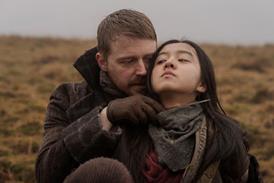
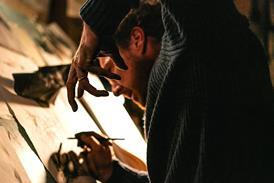
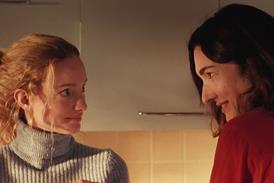
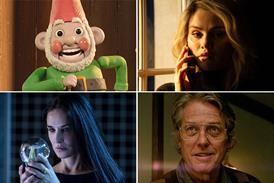
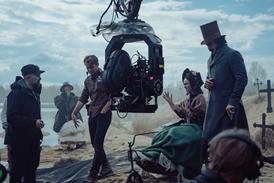


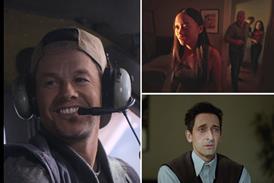

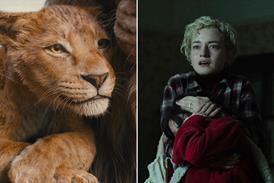
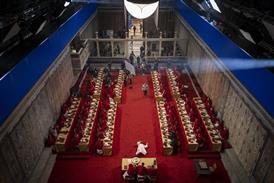
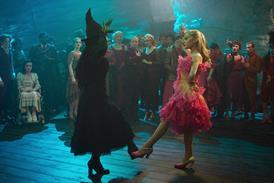
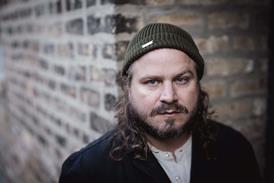







No comments yet